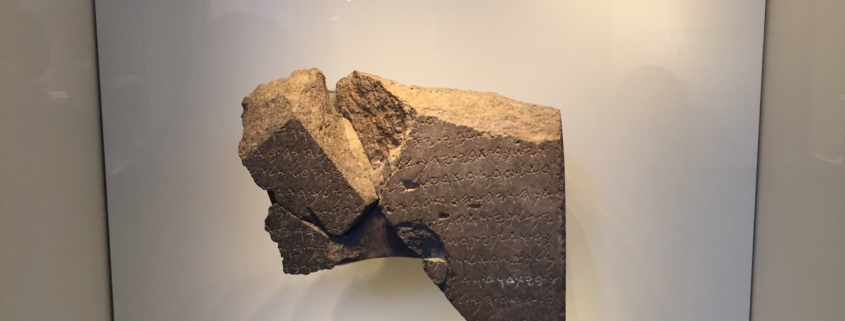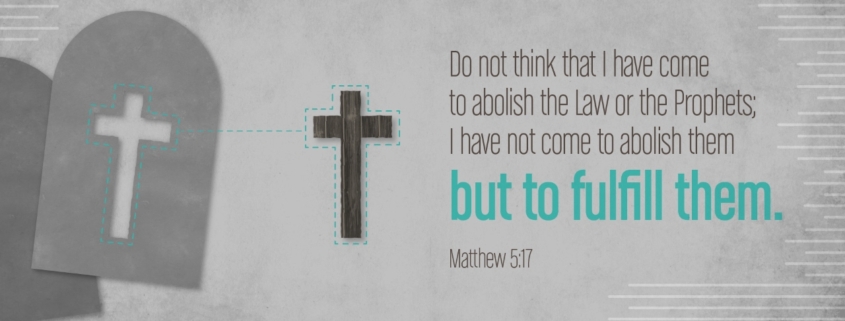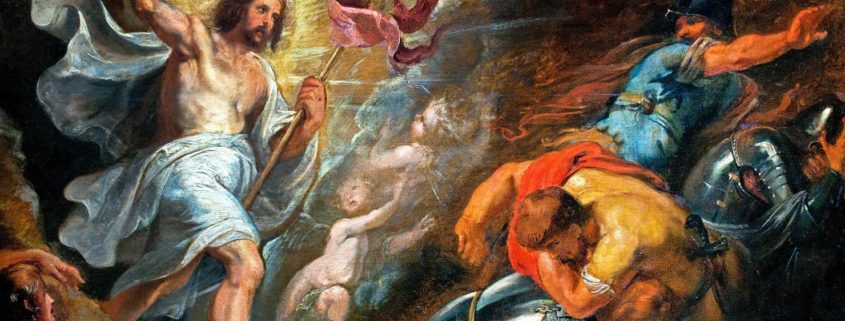Here’s my latest piece for Catholic Answers. Hope you enjoy it. — Cale
Every Easter season we encounter articles, documentaries, books, and news reports suggesting that the canonical Gospels got the Resurrection wrong. Scholars with impressive credentials appear in the media to tell us that, if we want the full story about Easter, we must turn to what are known as the apocryphal Gospels.
It often comes as a surprise to Christians to learn that there were many other “Gospels” that circulated in the decades and centuries after the composition of Matthew, Mark, Luke, and John, but never made it into the New Testament. Some of these have survived to our day, to the fascination of scholar and layman alike. But do these works indeed provide credible information about Jesus that isn’t in the Bible?
A professor of mine always gave this advice to students who were curious about these writings: “Just read them,” he said, “and ask yourself this question: do you really think they smack of authenticity?” Some of the scholars who champion the apocryphal Gospels imply that the Church hid these documents from the people because they contain the “real” story about Jesus. But reading them, as Dr. Evans knew, shows that the Church had very good reasons for not canonizing these works. Far from radiating authenticity, they come across as quite strange and not reliable historically.
Let’s take one example of these texts, the Gospel of Peter, and compare its Easter narrative to that in the Gospel of Matthew.
Matthew’s account of the Resurrection, written in the first century, is sober and rather restrained—especially compared with the account in the Gospel of Peter, a highly embellished collection of legends likely written in the second century. (No, it wasn’t actually written by Peter, don’t worry—later writers would attribute their works to apostles in an attempt to gain credibility).
Far from being an early, original source of material on the life of Jesus, the Gospel of Peter is actually dependent on the canonical Gospel of Matthew for much of its content. Its unbelievable reworking of the Resurrection account in Matthew includes—get this—a talking cross that emerges from Jesus’ tomb along with the risen Jesus and two angels, all of whom are so tall that their heads are, quite literally, in the clouds (39-43). It also mentions many other elements that a Jewish audience would find implausible and ahistorical, such as members of the Jerusalem religious elite pitching tents and sleeping among the tombs with Roman soldiers, making sure Jesus stays dead (33, 38). Ever heard of uncleanness and ritual impurity? Hello!
The Gospel of Peter therefore lacks what is called verisimilitude. Its miraculous details seem purposely fantastic. It doesn’t cohere with the way things actually were in Jesus’ time and place. Readers of Matthew’s Easter account, especially those of a Jewish background, would have found its Easter account much more credible and persuasive. Let’s look at some of its details.
Facets of Matthew’s account of Jesus’ burial later become important proofs for Jesus’ resurrection. The mention of Joseph of Arimathea’s donation of a new tomb for Jesus burial (Matt. 27:57-61) is significant. Joseph, who is mentioned in all four Gospels and undoubtedly a historical personage, was a member of the Sanhedrin, and thus a known public figure. This means that the location of Jesus’ tomb was also known to friend and foe alike. If Jesus’ remains were still entombed following Easter, it would have been easy to prove this by searching Joseph’s tomb. However, even the enemies of the nascent Christian movement do not dispute the empty tomb (Matt. 28:11-15). Matthew also notes that many of Jesus’ women followers saw the place where Jesus was buried (27:56; 27:61; 28:1-8), discrediting any theory that the women went to the wrong tomb on Sunday morning.
Among the canonical Gospels, only Matthew’s mentions the presence of Roman guards at the tomb, a point that many critics of the Gospel dispute. The Gospel of Peter also mentions the guards, though again with legendary accretions. Even so, this demonstrates that the guard account was an enduring aspect of the apologetic for the Resurrection. Therefore it is more certain, from a historical perspective, that guards were in fact present.
The chief priests, after hearing “everything that had happened” from the guards, bribed the soldiers to propagate the story that the disciples of Jesus stole his body from the tomb while they slept (a first-century edition of “fake news,” one might say). Matthew reports that, at the time of the writing of his Gospel, this version of events was still being told among the Jews (Matt. 28:11-15). In fact, this story became a well-entrenched facet of an anti-Christian Jewish apologetic, for Justin Martyr, writing in the second century A.D.,states that it was still being circulated in his time.
The guards’ probable historicity is even further bolstered by the edict of Caesar, possibly enacted in Galilee in the first century, decreeing capital punishment for grave robbers. The fact that tampering with Jesus’ tomb would have been punishable by both Jewish and Roman authorities, and that the tomb, according to Matthew, was sealed (Matt. 27:66), make any potential moving of Jesus’ body from the tomb highly unlikely in this case.
Add to that the fact that liars usually make terrible martyrs (why would the disciples later die for their belief in the Resurrection, if they had in fact stolen the body?), and one has a very solid case for the empty tomb. Again, even the enemies of the Christian movement admit the tomb is empty, and enemy attestation is excellent evidence.
But, of course, an empty tomb alone does not a resurrection make. This is why Matthew’s accounts of the appearances of the risen Jesus are so important. That Mary Magdalene and the other women “took hold of his feet” (Matt. 28:9) affirms the corporeal (bodily) nature of Jesus’ resurrection, making the same point as Luke 24:36-43 and John 20:24-29.
Matthew’s very mention of women as the first to discover the empty tomb on Sunday morning, encounter the resurrected Jesus, and inform the male disciples of the event is, in all likelihood, historical. Given the (unfortunately) very biased and low view of the testimony of women in both Jewish and Greco-Roman settings of the time, Matthew (and the other Gospel writers) would never have mentioned this unless it was factual. Consider these quotes from Jewish sources of the general period:
Sooner let the words of the Law be burnt than delivered to women (Talmud, Sotah 19a).
But let not the testimony of women be admitted, on account of the levity and boldness of their sex…since it is probable that they may not speak truth, either out of hope of gain, or fear of punishment (Josephus, Antiquities 4.8.15).
Any evidence which a woman (gives) is not valid (to offer)…This is equivalent to saying that one who is rabbinically accounted a robber is qualified to give the same evidence as a woman (Talmud, Rosh Hashannah 1.8).
The bizarre Gospel of Peter instead describes many prominent maleenemies of Jesus as witnesses to his resurrection. What a stark contrast to Matthew, who not only presents women as the first eyewitnesses of the risen Christ, but does not claim that anyonewitnessed the resurrection event itself. This striking omission, perhaps above all the other differences, testifies to the sober realism of Matthew and the other Gospels over the fantasies of apocryphal texts.







